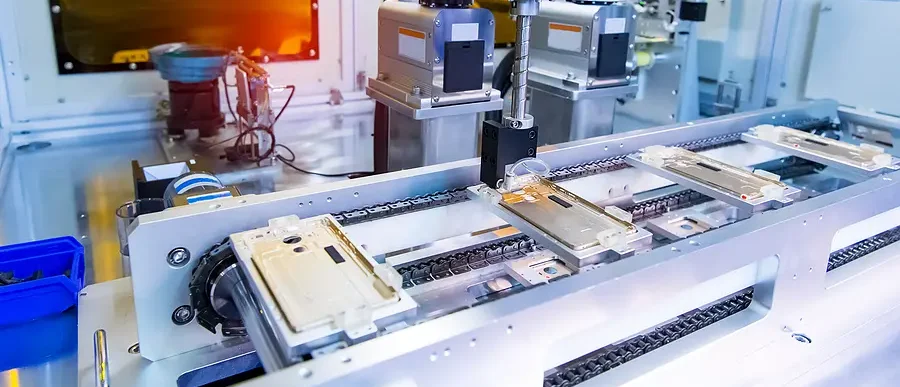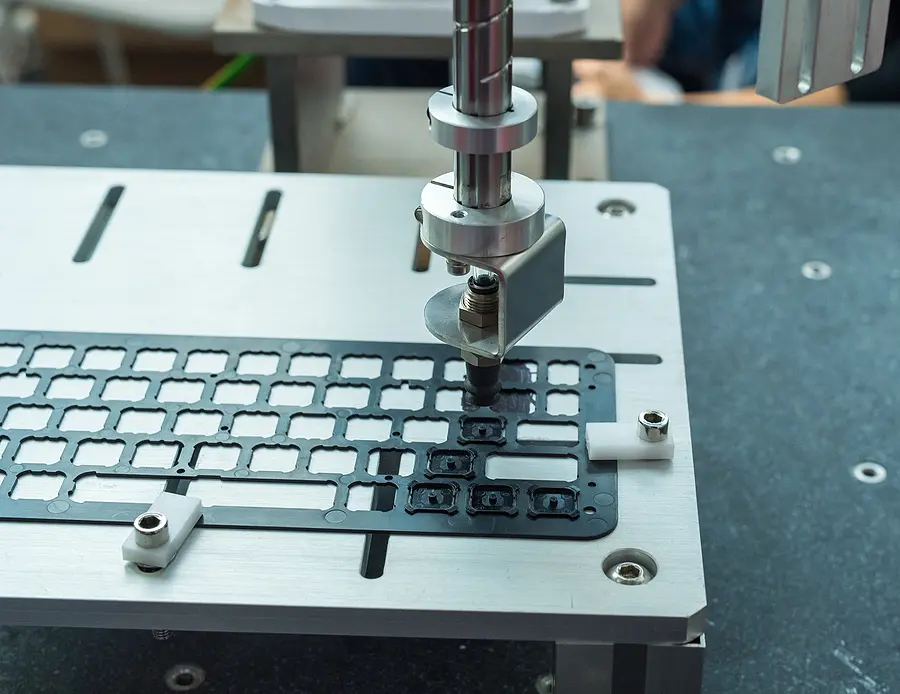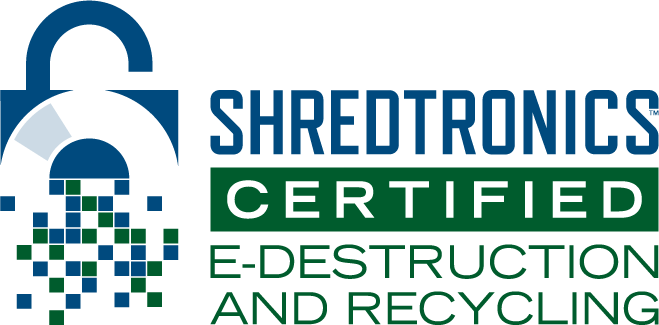
Technological advancements increasingly outpace our ability to dispose of outdated electronics responsibly. When electronics were first mass-produced, manufacturers thought they would last 40 years. However, by 1990, their lifespan was already halved. Nowadays, we typically only use our devices for an average of 4.5 years, but a minimum of around 1.5 years. The concept of Extended Producer Responsibility (EPR) Legislation emerged as a catalyst for sustainable waste management.
Originating in Europe, EPR has gradually gained momentum in the United States, offering an ideal shift in the approach to handling electronic waste (e-waste). This article delves into the significance of EPR in the US, its crucial role in fostering environmental stewardship, and the current challenges its facing in the US.
The History of EPR
EPR was first introduced in Sweden by Thomas Lindhqvist in a 1990 report to the Swedish Ministry of the Environment. During this time, several European countries were initiating strategies to improve the end-of-life management of products. Germany was the first country to require manufacturers to assume responsibility for recycling or disposing of packing material they sold in 1991.
Extended Producer Responsibility fundamentally challenges the conventional “take-make-dispose” model by holding manufacturers accountable for the entire lifecycle of their products, including their eventual disposal. For electronics, manufacturers take responsibility for the collection, recycling, and safe disposal of their products once they reach the end of their useful life. This shift in accountability not only incentivizes manufacturers to design products with longevity and recyclability in mind but also reduces the burden on local communities and taxpayers for managing e-waste.
Extended Producer Responsibility Legislation in the US Today

In the US, adopting EPR for electronics has been gradual but promising. Several states have implemented legislation mandating manufacturers to take responsibility for their products’ end-of-life management. For instance, 25 states and DC have electronics recycling laws, and 23 of these states can be categorized as EPR with manufacturers paying for the costs of recycling.
For example, states like California, Washington, and Oregon have established comprehensive e-waste recycling programs supported by EPR frameworks. These programs not only ensure proper disposal of electronic devices but also promote resource recovery, contributing to the circular economy.
Benefits of EPR
One of the key benefits of EPR is its ability to drive innovation in product design and manufacturing processes. When manufacturers are responsible for managing their products’ lifecycle, they are motivated to adopt sustainable practices, such as using recyclable materials, designing for disassembly, and implementing repair-friendly designs. This not only reduces the environmental impact of electronics but also encourages a shift towards a more sustainable and circular economy.
Moreover, EPR incentivizes consumers to participate in recycling programs by providing convenient avenues for disposing and recycling their old electronics. Through partnerships with retailers, collection events, and mail-in programs, manufacturers ensure that consumers have easy access to responsible recycling options. This not only diverts e-waste from landfills but also raises awareness about the importance of proper disposal practices among the general public.
Challenges of EPR in the US

However, despite the progress made in implementing EPR for electronics recycling in the US, there are still challenges to overcome. One major hurdle is the lack of uniformity in regulations across states, leading to inconsistencies in recycling programs and compliance requirements for manufacturers. Achieving harmonization and standardization of EPR policies nationwide would streamline operations, reduce administrative burdens, and enhance effectiveness in managing e-waste.
Furthermore, while EPR places the onus on manufacturers to manage e-waste responsibly, consumers need to play an active role in the process. Educating consumers about the importance of recycling electronics, raising awareness about available recycling programs, and promoting sustainable consumption habits are crucial steps in fostering a culture of environmental responsibility.
As we navigate the complexities of the 21st-century consumer landscape, we must embrace initiatives like Extended Producer Responsibility to address the growing challenge of electronic waste. By holding manufacturers accountable for the environmental impact of their products, we can bring on positive change and pave the way toward a more sustainable future.
Join the Movement Toward Responsible Electronics Disposal With ShredTronics
In conclusion, Extended Producer Responsibility represents an ideal shift in waste management, offering a comprehensive approach to tackling the environmental impact of electronic products. By promoting accountability, fostering innovation, and engaging consumers, EPR initiatives in the US have the potential to significantly reduce e-waste.
Dispose of your old electronics responsibly with ShredTronics. Contact us at (844) 648-4908 or fill out the form to start a recycling service today. Together, let’s build a more sustainable world for generations to come.








